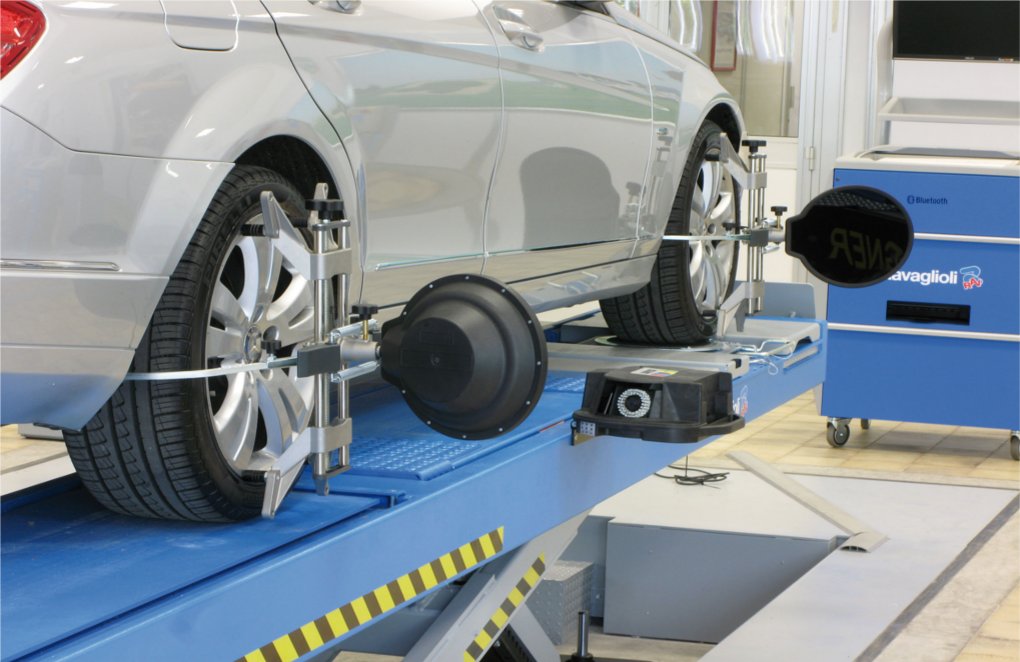3D wheel Alignment
3D wheel alignment allows our mechanics to perform the most precise wheel alignment on all types of cars. This is done by using 2 cameras to perform measurements for each wheel while integrated reference system with camber and inclination pendulums in each sensor head. This ensures reproducible results without complicated calibration. Incorrect alignment can result in rapid and irregular tyre wear and can even affect the handling and safety of the vehicle.
Wheel alignment is generally affected by hitting potholes in the road or by excessive wear to steering or suspension components. Alignment of wheels and tyres to the specification required by your vehicle is an important way to guarantee a smooth ride and to get the most out of your tyres. The direction and angle at which tyres are set are both important. Wheel alignment involves checking the direction and angle against vehicle manufacturers specifications and are both equally important.
Wheel alignment, sometimes referred to as breaking or tracking, is part of standard automobile maintenance that consists of adjusting the angles of the wheels so that they are set to the car maker's specification. The purpose of these adjustments is to reduce tire wear, and to ensure that vehicle travel is straight and true (without "pulling" to one side). Alignment angles can also be altered beyond the maker's specifications to obtain a specific handling characteristic. Motorsport and off-road applications may call for angles to be adjusted well beyond "normal" for a variety of reasons.
There are many benefits of making sure your wheels are correctly aligned
A smoother driving experience.
Better fuel efficiency.
Fewer expensive auto repairs.
Increase the life of your tires.
Less wear and tear on other parts.
Uneven or rapid tire wear.
Pulling or drifting away from a straight line.
Wandering on a straight level road.
Spokes of the steering wheel off to one side while driving on a straight and level road.

